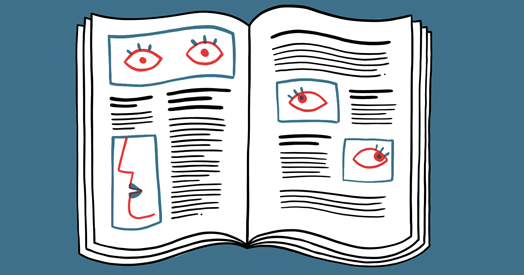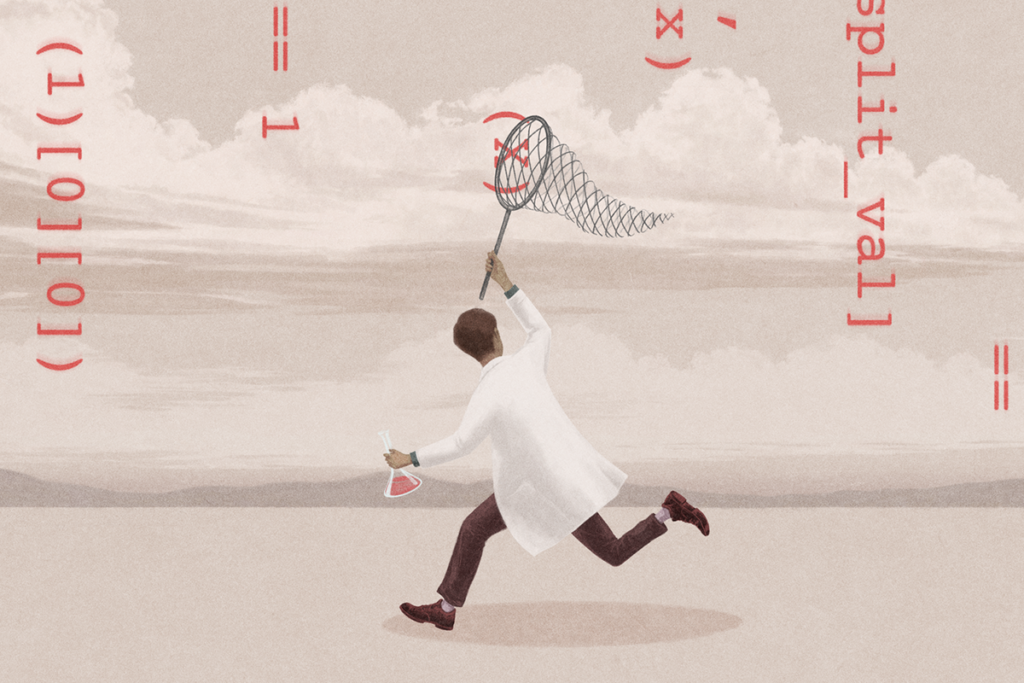
Soothing sensory sensitivity may ease social problems in mice
A treatment delivered to neurons that mediate touch can ease anxiety and social problems in two mouse models of autism.
Dampening the signals that relay touch from the limbs to the brain can ease anxiety and social problems in two mouse models of autism, a new study suggests. Peripheral neurons typically relay these signals.
The findings suggest that some features of autism arise from malfunctioning neurons outside the brain and spinal cord, says Lauren Orefice, a research fellow in David Ginty’s lab at Harvard University. They also hint that treatments targeting these peripheral neurons could help to ease some features of the condition.
Orefice presented the unpublished findings yesterday at the 2017 Society for Neuroscience annual meeting in Washington, D.C.
Last year, Orefice and her colleagues showed that mice with mutations in various genes tied to autism — including MECP2, GABRB3 and SHANK3 — in only their touch neurons are hypersensitive to small puffs of air on their backs early in life. The animals later show signs of anxiety and social difficulties.
In the new work, the researchers explored how loss of any of these genes affects the function of touch neurons.
They found that touch neurons lacking a copy of either MECP2 or GABRB3 have decreased levels of GABRB3 protein. This protein helps to dampen signals relayed by touch neurons to the spinal cord. Touch neurons in the mutant mice also fire unusually easily when stimulated with electricity.
“The flow of information from those neurons to the spinal cord and brain is enhanced,” Orefice says. Perhaps as a result, the number of inhibitory neurons in the amygdala and somatosensory cortex — two brain areas involved in sensory processing — is altered in the mutant mice, Orefice says.
Information overload:
To stem this excess flow of information, the researchers injected 5-day-old mutant mice with a virus carrying the GABRB3 gene. The treatment boosts the amount of GABRB3 protein in the touch neurons and lowers the animals’ sensitivity to puffs of air on their backs.
The treated mice also spend more time exploring the center of an open chamber and less time confined to the perimeter, a sign that they are less anxious than before treatment. She says she and her colleagues are still exploring how the treatment affects other behaviors in the mice.
Signals from the touch neurons to the spinal cord and brain also run unchecked in the mice missing a copy of SHANK3, but for a different reason than in the other two mouse models.
Touch neurons in the SHANK3 mice show no change in the levels of GABRB3 protein, but instead show a loss of so-called HCN channels. These channels regulate the flow of ions into and out of a cell, and thus control the overall excitability of neurons. The researchers found that touch neurons in the SHANK3 mice are unusually excitable.
When the researchers engineer the mutant mice to have normal levels of SHANK3 in their touch neurons, the mice show less touch hypersensitivity, anxiety and social problems. Orefice and her colleagues are exploring whether mice that lack the gene in only their touch neurons improve in response to GABA, a chemical messenger that dampens neuronal activity.
For more reports from the 2017 Society for Neuroscience annual meeting, please click here.
Recommended reading

New organoid atlas unveils phenotypic signatures of multiple neurodevelopmental conditions

Glutamate receptors, mRNA transcripts and SYNGAP1; and more

Among brain changes studied in autism, spotlight shifts to subcortex
Explore more from The Transmitter
Can neuroscientists decode memories solely from a map of synaptic connections?

AI-assisted coding: 10 simple rules to maintain scientific rigor
